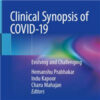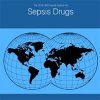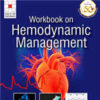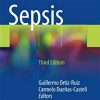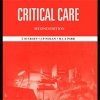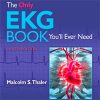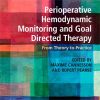Epidemiology of Clinically Relevant Bleeding in Critically Ill Adolescents
journals.lww.comClinically Relevant Bleeding (CRB) is common in critically ill adolescents who are at high risk of venous thromboembolism (VTE).
Admission after trauma or surgery can be used to stratify the risk of CRB in this population.
The frequency of CRB in this cohort of adolescents is comparable to that of critically ill adults in whom the safety of pharmacologic prophylaxis against VTE is well established.
These notable findings deserve important consideration when pharmacologic prophylaxis against VTE is considered clinically for critically ill adolescents and in planning RCTs that will determine its net clinical benefit in critically ill adolescents.
Adolescents 13–17 years old who received cardiac or pulmonary support for at least 48 hours were eligible.
Those admitted with venous thromboembolism or receiving therapeutic anticoagulation were excluded.
Adolescents were followed daily for the development of any bleeding event.


